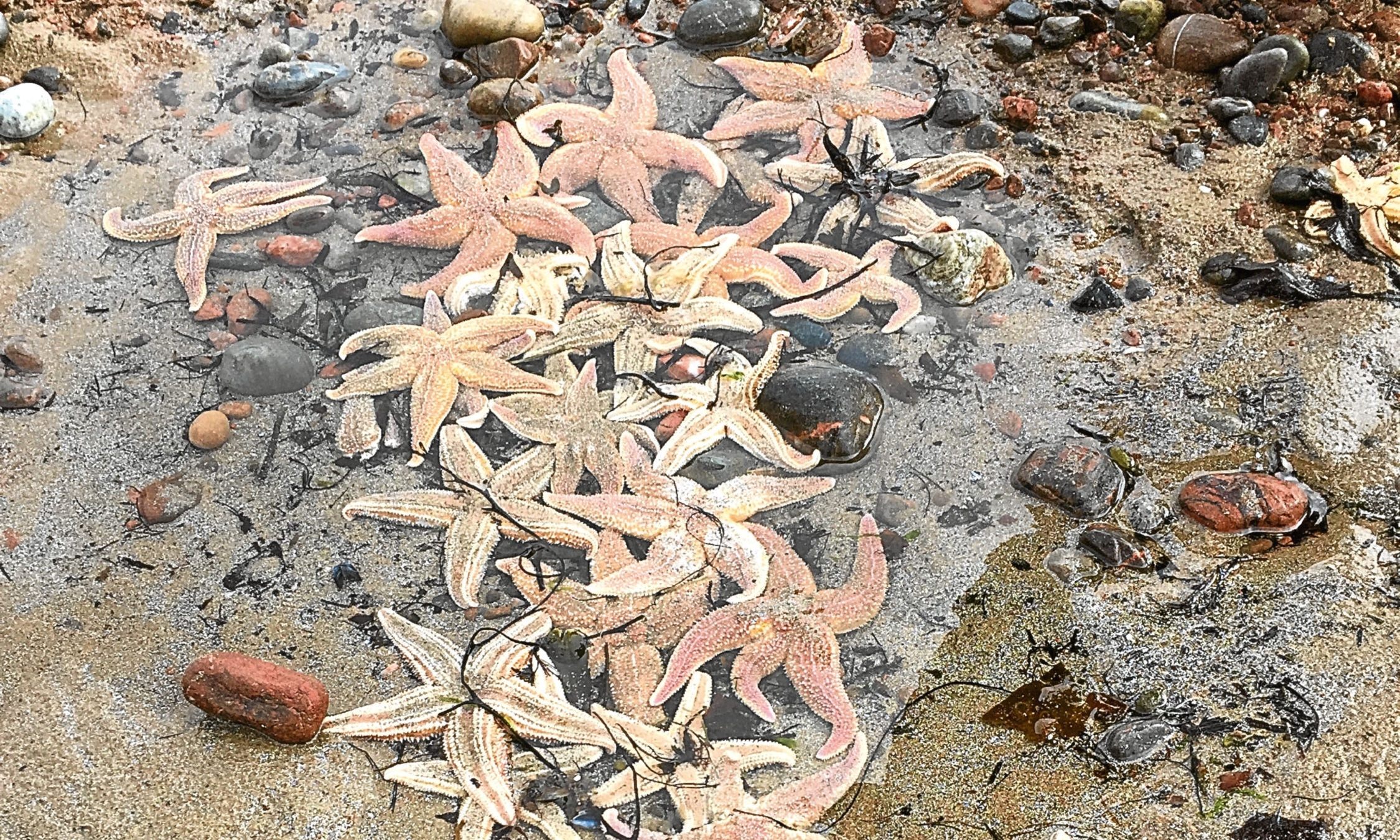As I sat down in front of the computer wondering how to start this week’s piece a blue tit solved the problem. I presume it was part of a courtship display but I can’t say for certain because I haven’t seen such behaviour from a blue tit before.
For much of the morning the small bird fluttered repeatedly from the sill outside my study window up to the eaves under the roof and down again. From time to time it broke off and flew into the old hawthorn tree on the other side of the garden where, I assume, a potential mate was sitting.
It was as if he was encouraging her to come and look at the perfect, cosy nesting site he had found but despite his best efforts his lady friend remained unimpressed.
If watching small garden birds confidently going about their lives just outside your window – nature doing its own thing – is time wasting, then it is time wasting for the best possible reasons.
Easter diversions
The Doyenne and I – and Inka too, of course – spent Easter on the Black Isle with son Robert and his family. We took our usual route via the B974 over Cairn o’ Mount and the The Lecht.
The forecasts of poor weather didn’t materialise and from the moment we left the house the sun shone. It was a perfect day for travelling. The far, snow-capped peaks of the Cairngorms stood out clear against a blue sky.
It’s good to know we don’t need to go abroad for memorable views like these.
The A97 runs alongside the upper reaches of the River Don and at the foot of The Lecht little Corgarff Castle stands isolated on the windswept lower slopes of the Cairngorms.
Originally a Forbes hunting lodge, it was fortified after Culloden and used as a garrison by Hanoverian troops employed in disarming the Highlands and establishing order.
The Doyenne and I have been round it – there’s not a lot to see because it’s so small.
The builders didn’t give much thought to comfort.
On a day like last Saturday it would have been remote and lonely but it must have seemed like hell frozen over to the Redcoats sent to that desolate spot in the depths of winter.
The A97 is a main link from the east coast to the Highlands and even on Easter Saturday it was plainly underused, with a ratio of cyclists to cars of around 2:1.
The Doyenne and I are unquestionably committed car people these days and if we ever appreciated the pleasure of straining every leg muscle in grinding your way up some of the steepest hills in the north-east on two wheels, we’ve forgotten it.
I suppose the fun must be in free-wheeling down the other side.
Ill-starred starfish
After a late lunch we all took the dogs for a walk on Rosemarkie beach. Often the dolphins, which are a regular feature of the Moray Firth, can be seen swimming close inshore hunting for fish but what we saw was dozens of starfish washed up and stranded on the high tide line and in the rock pools.
If we had been several days earlier we would have been counting them in hundreds, if not thousands.
Starfish are bottom feeders living mainly on mussels which they prise open with powerful suckers on their arms and suck out the contents of the shell.
For so many starfish to be cast up on such a small section of the coast one would expect that there are large mussel beds out in the Firth.
Mass strandings like this are an uncommon phenomenon as they are dependent on the right combination of a strong onshore wind and exceptional tide movements.
Reflections
On Easter Sunday we drove up the coast to Dornoch which has been a religious centre since the 8th Century. Its square cathedral tower is visible above the town’s rooftops from all directions.
I don’t know why like Brechin, which has a cathedral too, it doesn’t call itself a city.
But Dunkeld, which also has a cathedral, doesn’t either. One of those ecclesiastical conundrums, I suppose.
Dornoch Cathedral is an intriguing building.
It has all the appearance of a douce Highland kirk but it is absolutely brought to life by magnificent stained glass windows.
During our visit the sun streamed through and lit up the ancient beauty of the 13th Century stonework.
As I hadn’t visited the village since I was 11 we took a diversion to the former fishing village of Portmahomack.
Back then my father and I camped at the end of the peninsula in the lee of Tarbat Ness lighthouse, which warns mariners off the dangerous rocks at the entrance to the Cromarty Firth.
It’s a delightful village – whitewashed cottages, sandy beach, views across to the Sutherland hills, creel boats and the creels stacked on the side of the harbour and clear blue sea lapping on the shore.
And strange to tell, as I am finishing this piece my blue tit is still zooming up and down like a yoyo outside the study window.
